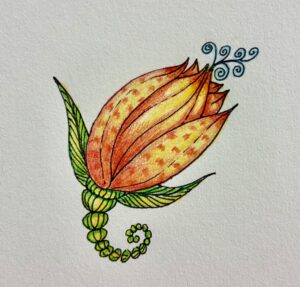I give thanks to the power of words to heal.
I give thanks to the power of belief to create.
I give thanks to the power of thought to hone.
I give thanks to the power of speech to express.
I give thanks to the power of telepathy to connect.
I give thanks to the power of heart to know truth and love.
I intend that the Greater Good for All manifest.
In Spirit it already has.
In Solidarity,
Chuck



